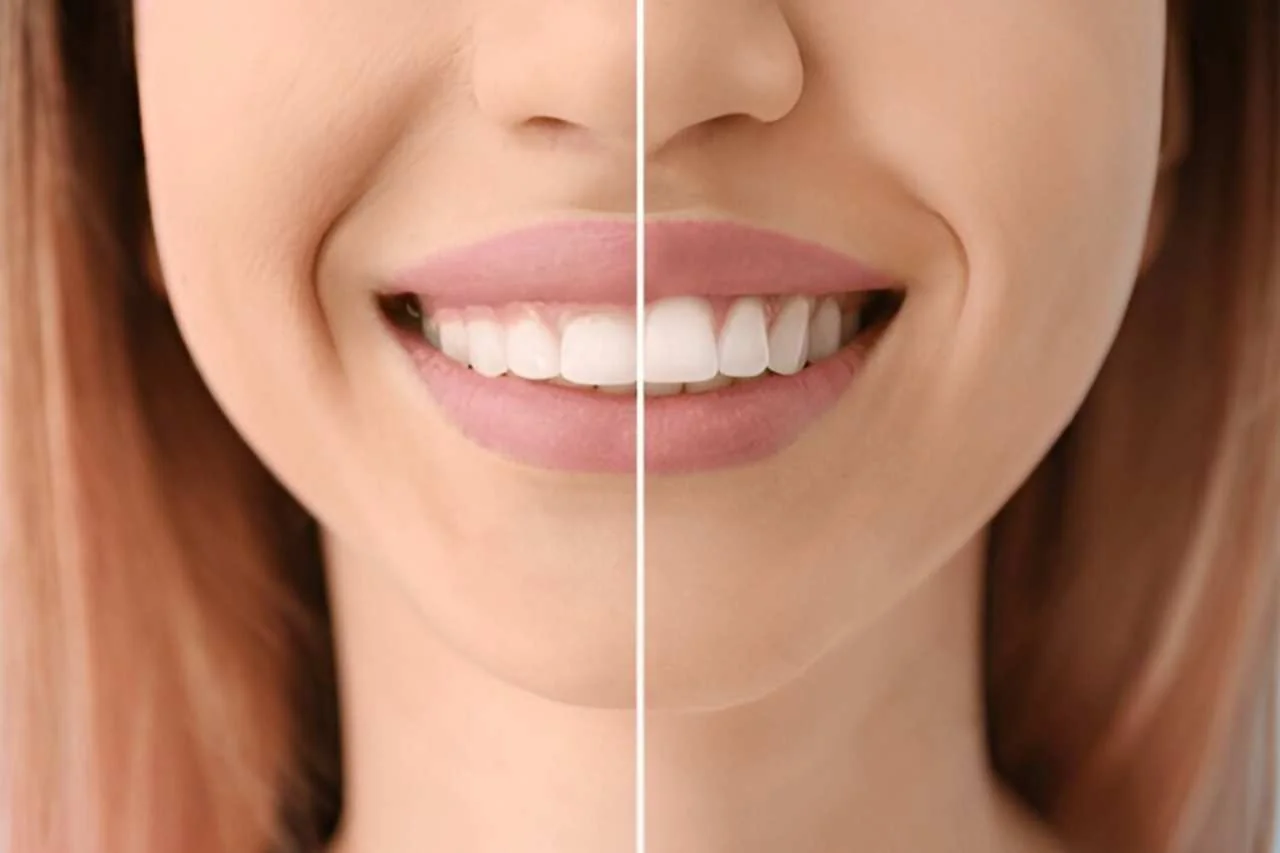A gingivectomy is a surgical procedure performed by dentists or periodontists to remove excess gum tissue (gingiva). This procedure is often necessary to treat gum disease (periodontitis) or to improve the appearance of a “gummy smile,” where too much gum tissue shows when smiling. Dr. Firas Osman is highly skilled in performing gingivectomies, ensuring patient comfort and optimal results.
Several reasons may necessitate a gingivectomy:
When gum disease progresses, it can create deep pockets between the teeth and gums. These pockets trap bacteria and make it difficult to clean effectively. A gingivectomy can eliminate these pockets, allowing for better oral hygiene and preventing further bone loss.
An excessive display of gum tissue when smiling can make teeth appear short. A gingivectomy can reshape the gum line, revealing more of the natural tooth structure and creating a more balanced and aesthetically pleasing smile.
Certain medications can cause gingival hyperplasia (overgrowth of gum tissue). A gingivectomy can remove this excess tissue and restore normal gum contours.
In some cases, excess gum tissue can interfere with dental restorations, like crowns or bridges. A gingivectomy can provide better access for these procedures, ensuring proper fit and long-term success.
Dr. Osman prioritizes patient comfort and utilizes the latest techniques for gingivectomy procedures. The process typically involves:
Local Anesthesia: The area is numbed with local anesthetic to ensure a pain-free experience.
Marking the Gum Line: Osman carefully marks the gum line to indicate the precise amount of tissue to be removed.
Tissue Removal: Using specialized instruments (scalpel, laser, or electrosurgery), the excess gum tissue is carefully removed.
Smoothing and Shaping: The gum line is then smoothed and shaped to create a natural and aesthetically pleasing appearance.
Protective Dressing: A protective dressing (periodontal pack) may be placed over the area to promote healing and minimize discomfort.

By eliminating periodontal pockets, a gingivectomy helps to control gum disease and prevent further bone loss.
Reshaping the gum line can create a more balanced and attractive smile.
Removing excess gum tissue makes it easier to brush and floss effectively.
By removing inflamed or overgrown tissue, a gingivectomy can alleviate discomfort and improve overall oral health.
Following the procedure, patients can expect some mild discomfort and swelling. Dr. Osman will provide detailed post-operative instructions, which may include:
(+971) 43992400
A gingivectomy is a surgical procedure performed by dentists or periodontists to remove excess gum tissue (gingiva). This procedure is often necessary to treat gum disease (periodontitis) or to improve the appearance of a “gummy smile,” where too much gum tissue shows when smiling. Dr. Firas Osman is highly skilled in performing gingivectomies, ensuring patient comfort and optimal results.
Several reasons may necessitate a gingivectomy:

When gum disease progresses, it can create deep pockets between the teeth and gums. These pockets trap bacteria and make it difficult to clean effectively. A gingivectomy can eliminate these pockets, allowing for better oral hygiene and preventing further bone loss.
An excessive display of gum tissue when smiling can make teeth appear short. A gingivectomy can reshape the gum line, revealing more of the natural tooth structure and creating a more balanced and aesthetically pleasing smile.
: Certain medications can cause gingival hyperplasia (overgrowth of gum tissue). A gingivectomy can remove this excess tissue and restore normal gum contours.
In some cases, excess gum tissue can interfere with dental restorations, like crowns or bridges. A gingivectomy can provide better access for these procedures, ensuring proper fit and long-term success.
Dr. Osman prioritizes patient comfort and utilizes the latest techniques for gingivectomy procedures. The process typically involves:
Local Anesthesia: The area is numbed with local anesthetic to ensure a pain-free experience.
Marking the Gum Line: Osman carefully marks the gum line to indicate the precise amount of tissue to be removed.
Tissue Removal: Using specialized instruments (scalpel, laser, or electrosurgery), the excess gum tissue is carefully removed.
Smoothing and Shaping: The gum line is then smoothed and shaped to create a natural and aesthetically pleasing appearance.
Protective Dressing: A protective dressing (periodontal pack) may be placed over the area to promote healing and minimize discomfort.
By eliminating periodontal pockets, a gingivectomy helps to control gum disease and prevent further bone loss.
Reshaping the gum line can create a more balanced and attractive smile.
Removing excess gum tissue makes it easier to brush and floss effectively.
By removing inflamed or overgrown tissue, a gingivectomy can alleviate discomfort and improve overall oral health.
Following the procedure, patients can expect some mild discomfort and swelling. Dr. Osman will provide detailed post-operative instructions, which may include:
(+971) 43992400
